DACF Home → Bureaus & Programs → Maine Natural Areas Program → Communities, Plants, and Animals → Rare Plants → Aletris farinosa
Aletris farinosa L.
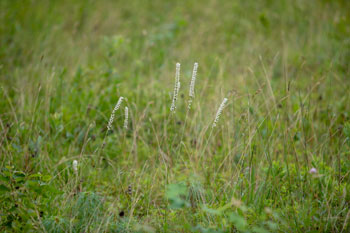 Unicorn Root flowering stalks
Unicorn Root flowering stalks
Unicorn Root
- State Rank: S1
- Global Rank: G5
- State Status: Endangered
Habitat: Open, moist, sandy ground, typically associated with tallgrass prairie habitats and damp, sandy meadows with little to no topsoil.
Range: Most of the eastern United States and Ontario, rare in most northeastern states and in Ontario.
Aids to Identification: Basal rosette with lance-shaped leaves, and a single, tall flowering stalk with white flowers that appear in June through August. The scientific name is in reference to the unusual rough, grainy texture of the flowers. The species (farinosa) name means 'floury'. The genus name (Aletris) comes from the Greek word for grinding grain (the Aletris was the servant who ground the grain)..
Family: Nartheciaceae
Synonyms: White Colic-root, Colicroot
Known Distribution in Maine: Long believed extirpated in Maine, a population of about 300 plants was found in 2018 in the Bowdoin area. Previously known from three herbarium specimens, two of which were collected by Maine Botanist Kate Furbish (Wells in 1879, Brunswick in 1874), and the third from near Lewiston in 1887.
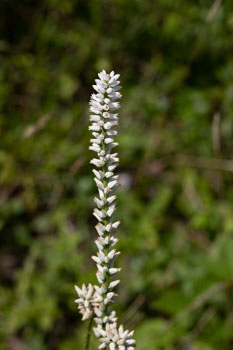 Unicorn Root single flowering stalk
Unicorn Root single flowering stalk
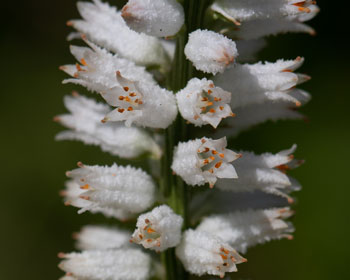 Unicorn Root close up showing farionse "mealy" looking flowers
Unicorn Root close up showing farionse "mealy" looking flowers
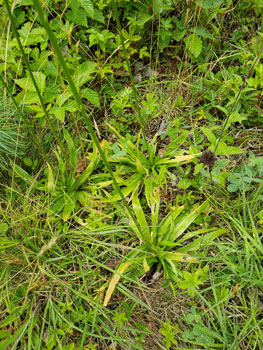 Unicorn Root basal leaves
Unicorn Root basal leaves
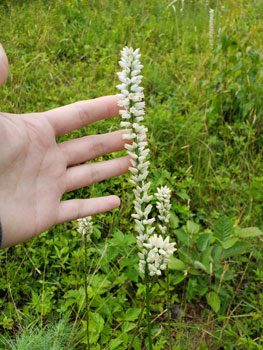 Unicorn Root single flowering stalk with human hand for scale
Unicorn Root single flowering stalk with human hand for scale
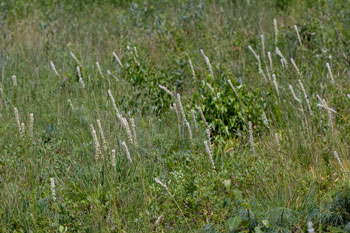 Unicorn Root several flowering stalks and habitat
Unicorn Root several flowering stalks and habitat